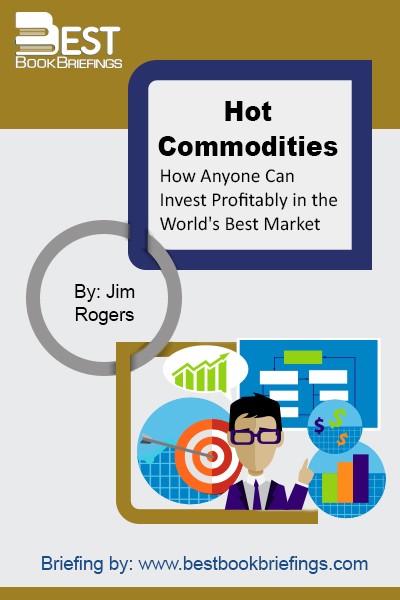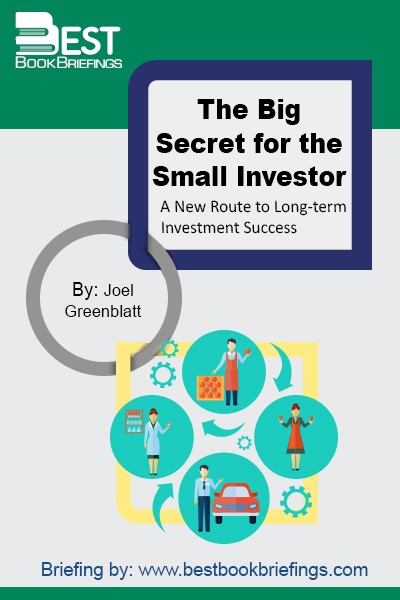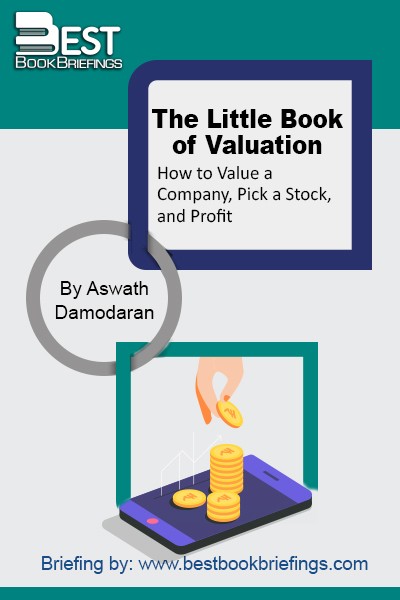The Little Book of Valuation
How to Value a Company, Pick a Stock, and Profit
Number of pages: 256
Publisher: John Wiley & Sons, INC.
BBB Library: Economics and Investment
ISBN: 9781118004777
Editorial Review
You buy financial assets for the cash flows you expect to gain. The price of a stock cannot be justified by assuming there will be other investors around who will pay a higher price in the future. That is the equivalent of playing an expensive game of musical chairs. As a prudent investor, you need to value the investment you are considering before buying it. Valuation is at the heart of any investment decision, whether that decision is to buy, sell, or hold. In The Little Book of Valuation, financial expert Aswath Damodaran explains valuation techniques in everyday language so that even those new to investing can understand. Using this important resource, you can make better investment decisions when reviewing stock research reports and engaging in independent efforts to value and select stocks for your portfolio.
Book Reviews
Books on Related Topics

No matter what your profession, no matter what your company does, no matter what your life situation may be—we all follow this fundamental and deeply rooted agricultural process in some way throughout the days of our lives. We are all the new agrarians. But do we recognize ourselves as such? Have

Why Commodities get no respect? Too many so-called smart investors consider themselves diversified if they have money in stocks, bonds, real-estate, and/maybe, for the sophisticated, some currencies. But commodities rarely, if ever, hit the radar screen. Successful investors look for opportunities to buy value cheap and hold it long-term, regardless of

In The Big Secret for the Small Investor, bestselling author Joel Greenblatt explains to everyday investors how to value a business, and why the small investor has an inherent edge over the big investment firms that have to show results month by month, quarter by quarter, year by year. Greenblatt then goes

The ongoing turbulence in the global financial markets has drawn attention to an alternative system of financial intermediation, Islamic banking and finance. This sector has so far remained on the sidelines of the unrest. The sector has grown rapidly in recent years and this new found prominence has raised many questions

Finally! A book about economics that won’t put you to sleep. In fact, you won’t be able to put this bestseller down. In our challenging economic climate, this perennial favorite of students and general readers is more than a good read, it’s a necessary investment—with a blessedly sure rate of return.



